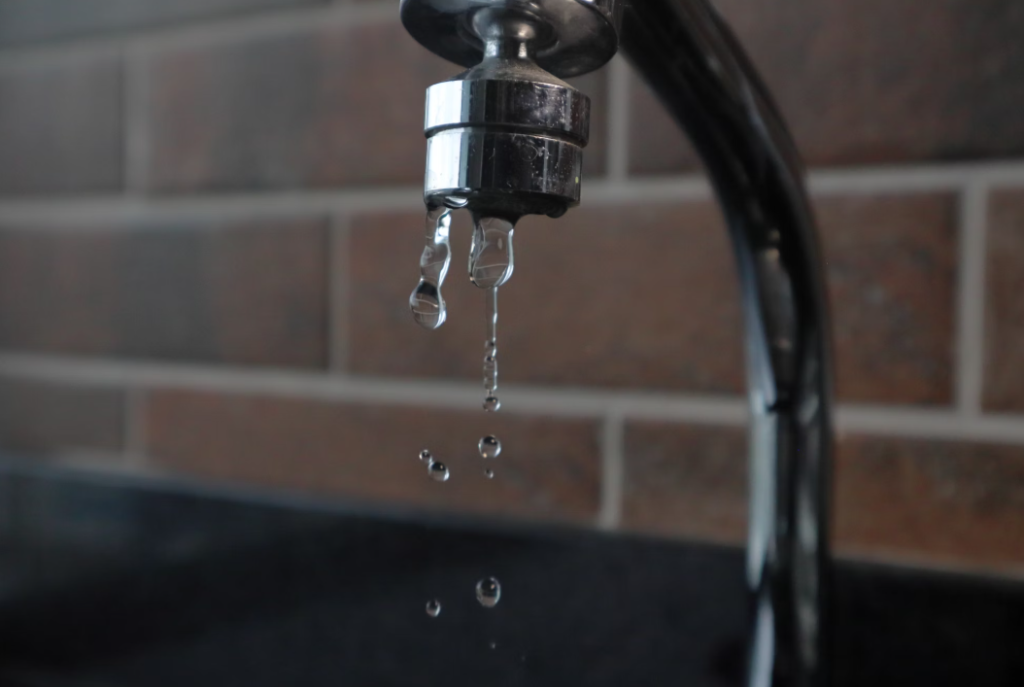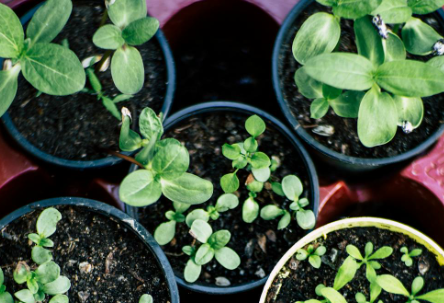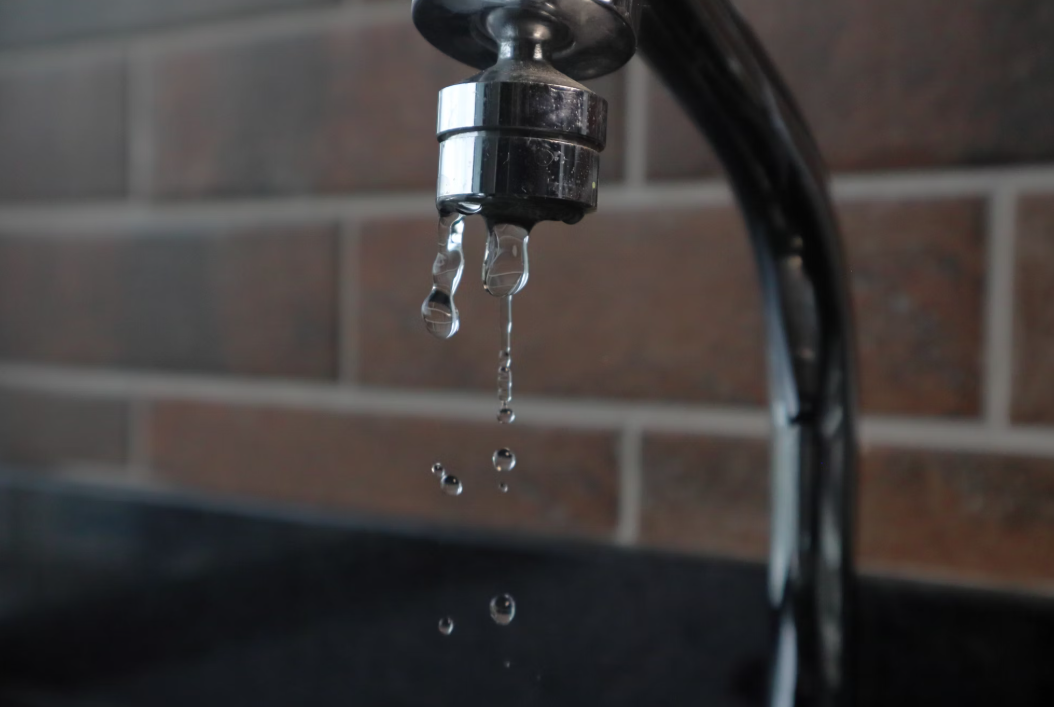
Introduction
In 2025, sustainability is not just a trend—it’s a necessity. As climate change continues to impact our planet, the need for eco-friendly homes has never been more pressing. Not only do eco-friendly homes reduce your environmental footprint, but they also offer long-term cost savings, enhanced comfort, and better indoor air quality. In this article, we will explore practical, actionable steps to make your home more eco-friendly, with a focus on energy efficiency, water conservation, sustainable materials, and more.
Understanding the Need for an Eco-Friendly Home
The Impact of Traditional Homes on the Environment
Traditional homes often consume a lot of energy and water, contributing to greenhouse gas emissions, pollution, and resource depletion. From inefficient insulation to excessive energy consumption, these homes are major contributors to environmental degradation. In fact, homes are responsible for a large portion of global carbon emissions, making the need for eco-friendly home solutions more urgent.
Why 2025 is the Perfect Year to Go Green
As we move further into 2025, advancements in technology and government incentives make it easier and more affordable than ever to make eco-friendly upgrades. Whether it’s through better access to renewable energy options or the growing popularity of sustainable building materials, now is the perfect time to start integrating environmentally friendly practices into your home.
Steps to Make Your Home Eco-Friendly
Evaluate Your Home’s Energy Efficiency
Before you can make your home eco-friendly, it’s important to assess its current energy efficiency. Start by conducting an energy audit to identify areas where energy is being wasted. A professional audit can reveal issues such as poor insulation, drafty windows, and inefficient heating and cooling systems.
Implement Energy-Efficient Appliances
One of the most straightforward ways to make your home more eco-friendly is by upgrading to energy-efficient appliances. Look for products with the Energy Star label, which signifies that the appliance meets stringent energy efficiency standards. From refrigerators to washing machines, these appliances use less energy, helping to reduce your utility bills and environmental impact.
Switch to Renewable Energy Sources
Switching to renewable energy is one of the most impactful changes you can make. Solar panels are the most common renewable energy solution for homes, allowing you to generate your own electricity from the sun. Not only does this reduce your reliance on fossil fuels, but it also lowers your energy costs over time.
Opt for Energy-Saving Lighting and Smart Thermostats
Switching to LED bulbs instead of incandescent ones can drastically reduce your home’s energy consumption. LEDs use a fraction of the energy and last much longer, making them an excellent eco-friendly choice. Similarly, smart thermostats allow you to control your heating and cooling systems more efficiently, reducing energy usage when you’re not home or when you’re sleeping.
Sustainable Materials for Construction and Renovation
Replacing Conventional Materials with Eco-Friendly Options
When renovating or building your home, consider using sustainable materials like bamboo, cork, reclaimed wood, and recycled metal. These materials are not only renewable and biodegradable but also help reduce the demand for resource-intensive production processes.
Benefits of Using Sustainable Materials
Using eco-friendly materials helps minimize waste, reduce your carbon footprint, and conserve natural resources. For example, bamboo grows rapidly and requires fewer resources than hardwood trees, making it a great choice for flooring and furniture.
Water Conservation and Sustainable Plumbing
Low-Flow Fixtures and Water-Saving Devices
Conserving water is another essential part of creating an eco-friendly home. Install low-flow faucets, showerheads, and toilets to reduce your water consumption without sacrificing performance. Water-saving devices can cut your water usage by a significant amount, which will also lower your water bills.
Rainwater Harvesting Systems
Rainwater harvesting is an eco-friendly way to collect and reuse water for non-potable purposes like irrigation, cleaning, or flushing toilets. Setting up a rainwater harvesting system can significantly reduce your reliance on municipal water systems and decrease your overall water footprint.
Waste Reduction Strategies
Composting and Recycling in the Home
Waste management is a critical part of an eco-friendly home. Composting organic waste and recycling non-organic materials can greatly reduce the amount of waste you send to landfills. Consider setting up a dedicated compost bin for kitchen scraps and a recycling station for paper, plastic, and glass.
Eco-Friendly Waste Disposal
Beyond composting and recycling, it’s important to make sure that hazardous materials like batteries, paints, and electronics are disposed of properly. Many communities offer drop-off locations or special collection days for hazardous waste, helping you dispose of these items safely and sustainably.
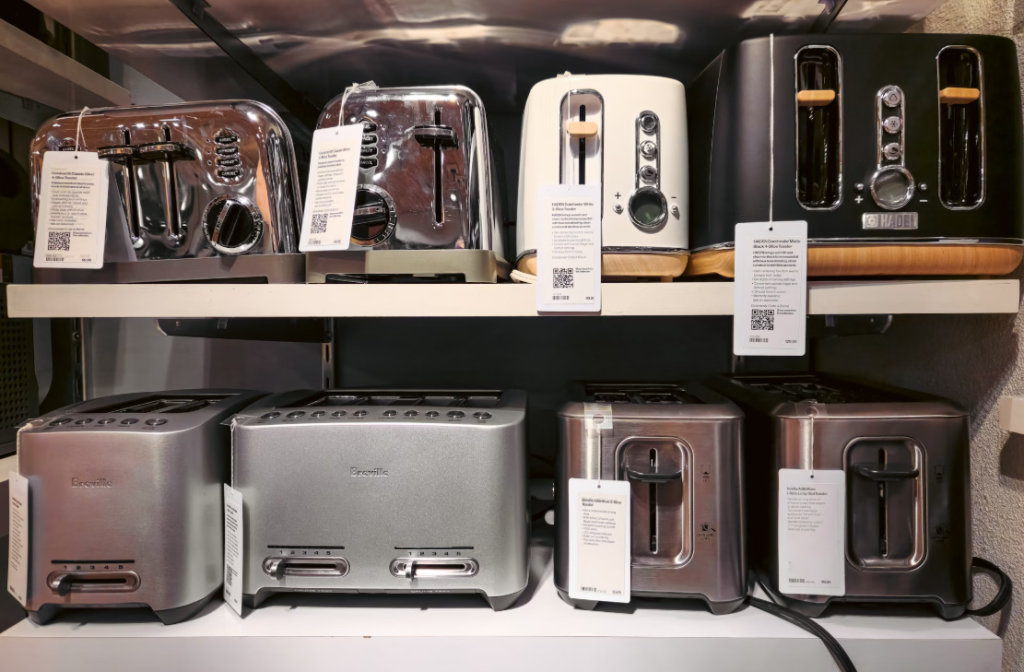
Indoor Air Quality and Ventilation
Using Non-Toxic Paints and Cleaning Products
One aspect often overlooked in eco-friendly homes is indoor air quality. Traditional cleaning products and paints can emit harmful VOCs (volatile organic compounds) that contribute to poor air quality and respiratory issues. Opt for non-toxic, eco-friendly paints and cleaning supplies to create a healthier indoor environment.
Proper Ventilation for Healthy Air Quality
In addition to using non-toxic products, ensure that your home is properly ventilated to allow fresh air to circulate and prevent moisture buildup. Consider installing energy-efficient ventilation systems like exhaust fans or heat recovery ventilators to improve air quality without compromising energy efficiency.
Embracing Eco-Friendly Landscaping
Native Plants and Sustainable Gardening Practices
Landscaping is another area where you can reduce your environmental impact. By planting native species, you can create a garden that requires less water, fertilizers, and pesticides. Native plants are adapted to local climate conditions and provide habitat for local wildlife.
Creating Green Spaces that Conserve Resources
Incorporate green spaces that serve multiple purposes, such as vegetable gardens or green roofs. These spaces not only help absorb carbon dioxide but also contribute to biodiversity and provide fresh, home-grown produce.
How to Get Started: Practical Tips
Setting Small, Achievable Goals
Start by setting small, manageable goals. Making your home more eco-friendly doesn’t have to happen overnight. Begin with simple changes, such as switching to LED bulbs or using water-saving devices, and gradually work your way up to larger investments like solar panels or a home energy audit.
Leveraging Government Incentives and Programs
Many governments offer financial incentives for homeowners looking to make eco-friendly upgrades. Research local programs and tax rebates for solar installations, energy-efficient appliances, and home improvements. Taking advantage of these incentives can make going green more affordable.
Conclusion
Making your home more eco-friendly in 2025 is not only a smart financial decision but also an essential step toward protecting the planet. From upgrading appliances to using sustainable materials and conserving water, there are countless ways to reduce your environmental footprint. By following the steps outlined in this article, you can create a healthier, more sustainable living space that benefits both you and the environment.
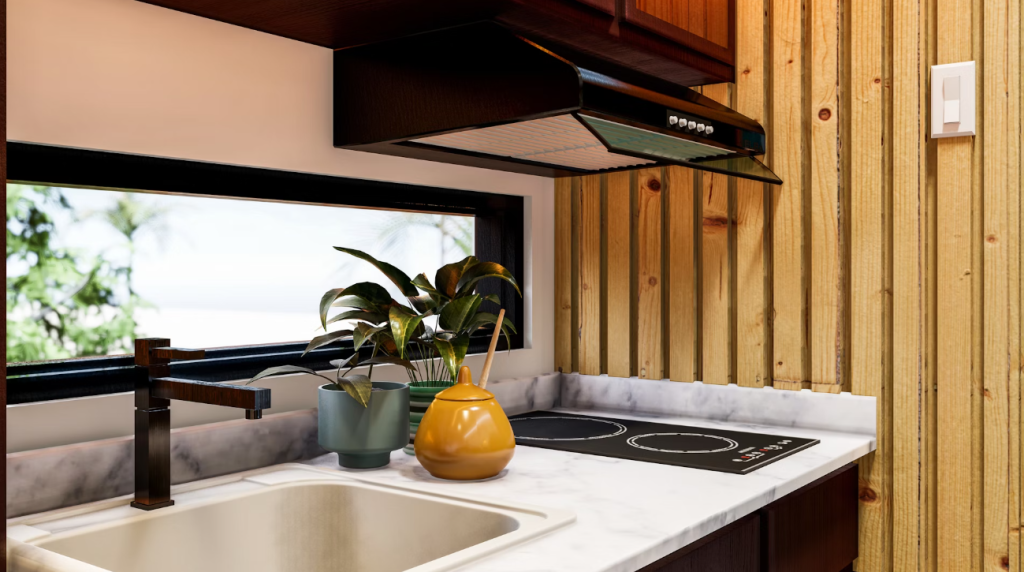
FAQs
1. What are the most effective eco-friendly home upgrades?
Some of the most effective upgrades include installing solar panels, switching to energy-efficient appliances, using sustainable building materials, and implementing water-saving devices.
2. How can I save money while making my home more eco-friendly?
By investing in energy-efficient appliances, installing solar panels, and reducing water consumption, you can significantly lower your utility bills over time.
3. What are some low-cost eco-friendly improvements?
Simple changes like switching to LED lighting, sealing drafts, and using low-flow faucets are cost-effective ways to start making your home more eco-friendly.
4. How long will it take to see the benefits of an eco-friendly home?
The timeline depends on the improvements you make, but many homeowners see immediate savings on energy bills after switching to energy-efficient appliances and improving insulation.
5. Are there government programs to help me make my home eco-friendly?
Yes, many governments offer rebates, tax incentives, and low-interest loans for eco-friendly home upgrades, such as installing solar panels or making energy-efficient improvements.
